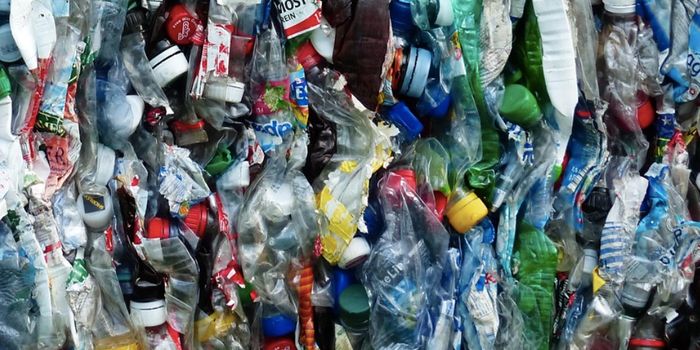Novel Enzyme can Make Precise Base Pair Edits
Researchers have made many advances in gene-editing technology in recent years. While precise edits were possible, they were extremely challenging. Scientists have changed that with a new technique. Their procedure allows one base pair of DNA nucleotides to be changed from A:T to G:C, which could make correcting small, point mutations much easier, and may eventually help cure disease. Point mutations cause many human diseases. The work has been reported in Nature and is summarized in the following video.
Feng Zhang helped create a powerful gene-editing process called CRISPR/Cas9; he is a molecular biologist at the Broad Institute of MIT and Harvard and an HHMI-Simons Faculty Scholar. He was not involved in this work but believes this development is a "really exciting addition to the genome engineering toolbox. It's a great example of how we can harness natural enzymes and processes to accelerate scientific research."
CRISPR/Cas9 is designed to find a particular region of DNA, specific to each experiment, and then cuts the genomic DNA there, on both strands. The cell has repair machinery to fix errors in DNA, and it comes in after the cut is made to fix it. But those cuts and repairs can be a little unpredictable. This new enzyme allows for a far more specific approach.
"CRISPR is like scissors, and base editors are like pencils," explained David Liu. He is a chemical and molecular biologist at Harvard University and the Broad Institute, and the corresponding author of the report.
Last year, Liu and his team created a tool that could edit single base pairs, but it could only change C:G to T:A. Now they have taken it a step further. To do so, they had to create an enzyme in the lab.
Postdoctoral researcher Nicole Gaudelli started with an enzyme that already exists, TadA, and aimed to make it into the desired molecule. In transfer RNA, TadA can convert the nucleotide adenine into inosine, a molecule that cells read as another nucleotide, guanine. To get the enzyme to make that change in DNA, Guadelli constructed libraries of TadA mutants in bacteria, which were forced to convert adenine to inosine that was inside of antibiotic resistance genes. That would allow the bacteria that were carrying the right TadA mutants to survive while others died; the researchers were thus able to obtain bacteria that contained mutant TadA, which could convert adenine to inosine in DNA.
Bacteria with the mutant TadA were able to repair mutations in their DNA to survive antibiotic treatments. The new lab-created enzyme was tweaked a little and got an addition – the Cas9 nickase enzyme. Now, the base editor could find the right place to cut and snip once on the opposite DNA strand. The cell then moves to repair the break and fills it in with the other nucleotide pair. Thus, A:T changes to G:C
One potent enzyme the researchers developed, ABE7.10, can perform the A:T to G:C swap in both bacteria and human genomes. There seems to be very few if any side effects and the enzyme has about a 50 percent efficiency.
G:C to A:T mutations are responsible for roughly half of the 32,000 point mutations that cause human diseases. This new enzyme could one day be a great tool for those patients. ABE7.10 was able to change a mutation, in patient-derived cells, that causes a disease called hemochromatosis. Another application showed that ABE7.10 could add a mutation and restore the function of a human hemoglobin gene. This preliminary work shows the many possibilities.
"We are hard at work trying to translate base editing technology into human therapeutics," Liu said, but many hurdles remain. Safety, efficiency, and base editor delivery methods still need to be designed and tested before base editing can be used to tweak the human genome. "Having a machine that can make the change you want to make is only the start," Liu said. "You still need to do all this other work, but having the machine really helps."
Sources: AAAS/Eurekalert! via HHMI, Nature









